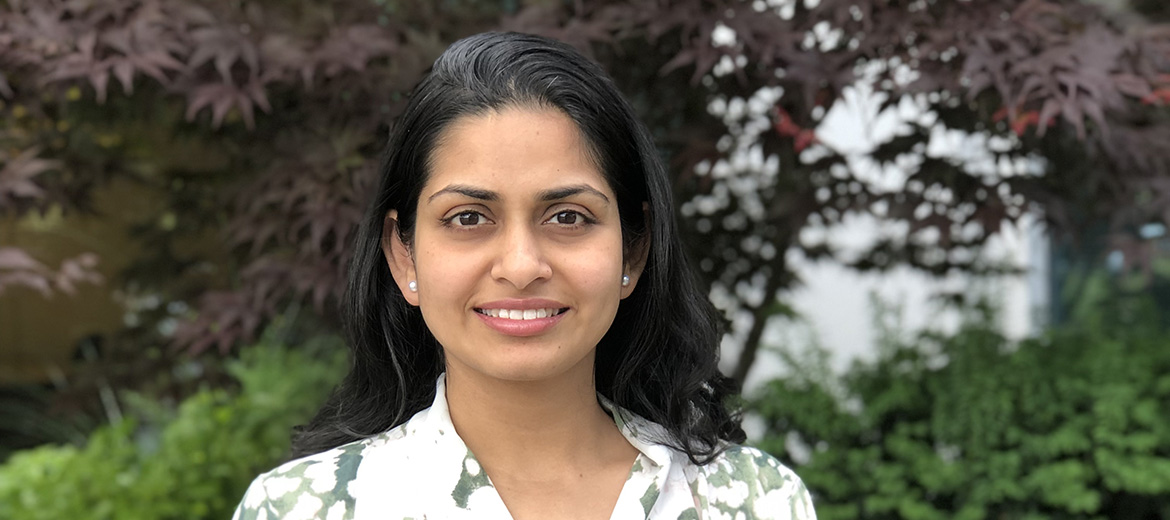Hi! I’m Sai, a Senior Consultant here at Logic20/20. I work as a Senior Software Engineer for one of our telecom clients. More specifically, I’m in the Social and Messaging Product Development Group on the artificial intelligence (AI) team.
Our team is obsessed with creating innovative and smart customer-oriented software products powered by machine learning. We handle designing and developing products that can provide proactive, predictive, and augmented service experiences. These result in dramatic contact center savings and raise the bar for what customers expect from AI and machine learning.
On a day-to-day basis, I interact with data scientists who build data models and provide insights about data, as well as with other engineers who design and develop robust software tools.
My daily work
My workday starts at 8am. I like to kick off the day with a hearty breakfast and then sit down to review and prioritize any emails received from the day prior, marking any that I need to review later.
Within the first hour, I plan my day—checking my calendar for scheduled meetings and leaving wiggle room for any adhoc sessions that may come up. I take some time to prep for my scheduled meetings; some may require preparing documents, while others may require gathering information.
Our team follows the Scrum process, so we do daily stand-up sessions at 9am. During stand-up, we gather around to talk about individual goals for the day and discuss team updates. We also bring up potential blockers and discuss paths forward.
Meetings
Some of the meetings I might partake in during the day include technical and business grooming sessions to discuss client requirements for feature developments or enhancements, design and architecture discussions with fellow engineers and architects, and product presentation meetings to review artifacts.
My meetings usually fall into the following three categories:
1. Technical reviews and discussions
These meetings are mostly about reviewing technical artifacts with architects and peers. In some scenarios, when a challenging situation is identified, the team comes together to discuss the issue, including its status, impact, and strategies for mitigation. In some cases, they may involve identifying technical debt and backlog items to help improve process and systems in our team.
2. Business updates and presentations
These meetings happen between business stakeholders and engineers. The primary goal is to keep both these key groups in sync about project progress, discuss requirements, and review deliverables.
3. Project planning sessions
As an agile development team, we gather frequently to discuss project roadmaps and prioritize tasks by estimated effort. We also discuss prerequisites for task completion and potential dependencies with other projects/teams.
During meetings I actively take notes, marking any action items. Whenever required, I initiate follow up meetings with the attendees.
The rest of my day involves coding applications, design discussions, or coming up with new design documents. The coding work usually happens in multiple slots interspersed with meetings, peer code reviews, answering questions to sister teammates over chat, and replying to emails.
The other important chunk of work I get to do apart from design and coding is related to operations. I am actively involved in product launches, production deployments, troubleshooting and addressing any issues that may arise in production, and fixing bugs while testing at various stages of releases.
Tools
• To create robust, highly scalable systems, almost all of the products we develop make use of cloud computing tools, specifically with AWS (Amazon Web Services).
• I use Git as my main version control system for tracking changes in source code during software development.
• JIRA and Rally are used for managing project development cycles and issue tracking.
• Process documentation and diagrams are done in Confluence and LucidChart.
• I use IntelliJ as the integrated development environment when developing software.
I enjoy coming in to work every day because I get to solve new challenges using cutting edge technologies and help enhance customer experiences. The custom application developments at Logic20/20 offer a plethora of learning opportunities, which always keep me on my toes. To top it off, I get to work alongside some amazing people with varied skillsets – business folks, data scientists, architects, and engineers. I love my job!

